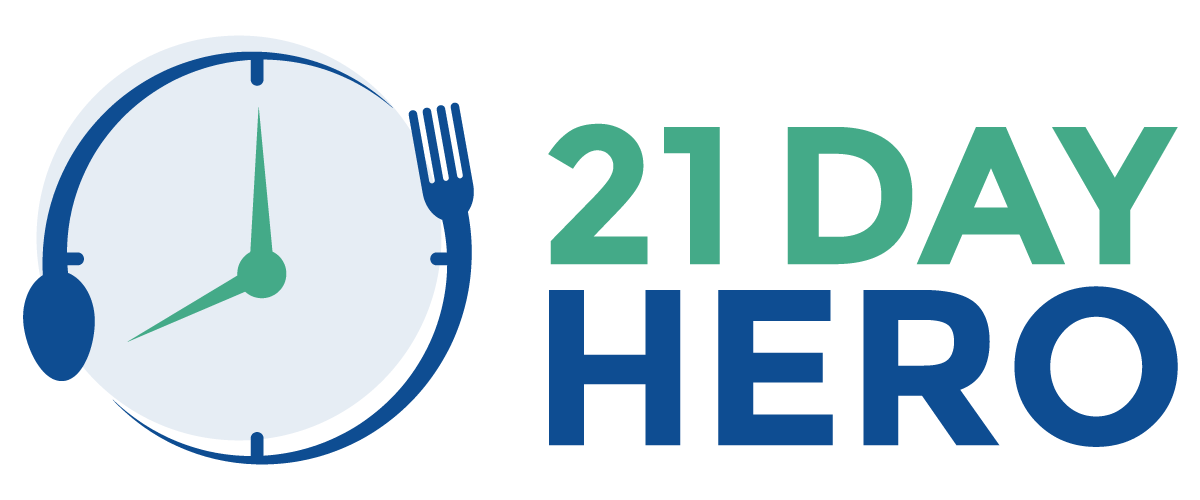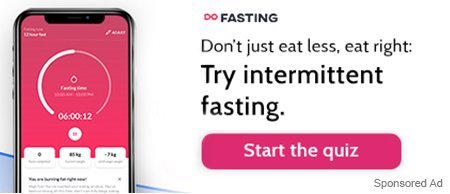What is OMAD | OMAD Keto| Dangers of Keto | Guidelines For OMAD with Keto | What to eat while OMAD and Keto
Despite various medical advances, obesity remains the major health hazard faced by many. Obesity is linked to multiple chronic diseases like diabetes, hypertension, and cardiac diseases. Hence, we look for well-planned diet regimes that are believed to help in weight reduction. One of the diet patterns that can bring rapid weight loss is a low-carb and high-fat ketogenic diet.
Keto diets have received substantial attention from health experts and nutritionists lately. A low-carb diet with fat comprising more than 70% calories is not considered a fad anymore. The Keto diet has a long history in clinical medicine as it was used as a therapeutic diet for pediatric epilepsy before antiepileptic agents. This diet can be more effective than low-fat diets in the treatment of obesity and diabetes.
Meal frequency also plays a significant role in weight management. When combined with a one meal a day fasting (OMAD), the keto diet leads to a faster fat-burning process. Hence many keto dieters are adapting to the intermittent fasting diet pattern or OMAD to meet their weight loss goals.
What is OMAD?
OMAD refers to one meal a day. It is a type of intermittent fasting where you consume one meal per day. The OMAD diet helps you lose weight, improves insulin sensitivity and stress resistance.
The OMAD diet has various health benefits; to know more, read – One Meal A Day: All You Need To Know About OMAD Diet.

OMAD on Keto
The OMAD keto diet refers to having a keto meal during your one-hour eating window. Generally, during OMAD, you consume one meal daily, most commonly in the evening. Keto dieters love OMAD with keto because it can allow the body to enter ketosis faster.
As we all know, carbohydrates are the primary source of energy in our body. When you reduce your carb intake to less than 50g per day, your body enters a catabolic state. Glycogen stores of your body deplete, leading to ketogenesis. During this, ketone bodies replace glucose as a primary source of energy. This results in a reduction in blood glucose, reduced secretion of insulin, and reduced storage of fat. This metabolic state where ketone bodies accumulate in your body is referred to as “nutritional ketosis,” which is considered safe.
Ketone bodies produced in your body are easily utilized for energy production by various organs like the heart, muscle tissue, and kidneys. They can even cross the blood-brain barrier to act as an alternative source of energy to the brain. Ketone bodies maintain adequate fuel production during the caloric shortage. They decrease free radical damage and have antioxidant properties as well.
The main goal of OMAD with keto is getting your body adapted to a fat-burning state faster. Fasting or calorie deficit in your body speeds up the process of getting yon on ketosis.
For more details on combining Keto and Intermittent Fasting, check our article Keto & Intermittent Fasting: The Ultimate Weight Loss Trick?
Potential Dangers of Keto Diet
Though OMAD with keto lets you enter ketosis quickly, it carries some downsides too. Diet strategies like this are quite challenging and are difficult to follow in the long term. You may find it challenging to stick to your keto meal while dining out with friends. Besides, having only one meal a day can become an added challenge.
Also, the short-term benefits of the keto diet are well studied, but the long-term health implications are unknown. Many people experience “keto flu,” which includes flu-like symptoms causing fatigue and lethargy.
Following keto for the long term can cause a deficiency of nutrients and is not considered a sustainable diet approach. The nutritional requirements of every individual are different; hence it may not work for everyone.
When practicing the OMAD diet, it is essential to consume all your macros in one meal. You need to adapt to eating a large meal with all nutrients in one sitting. However, following any type of intermittent fasting is not advisable if you have a history of an eating disorder.
If you are a beginner at fasting, you should start with intermittent fasting with a short fasting window and gradually adapt to extreme types of fasting like OMAD with keto. Planning your meals and balancing your nutrition plays a vital role in such type of diet strategy.

Guidelines for Following OMAD With Keto
1. Choose a Suitable Schedule
Some people prefer eating for a set period of time every day, and some choose to fast for a few days a week only. Fasting for a few times a week on non-consecutive days is believed to be the healthiest option in the long run.
You can also follow a strict OMAD every day till you reach your weight loss goal. And then, you can continue with a fasting schedule a few times a week as a maintenance phase.
2. Eat During the Day
Eating large meals earlier in the day can help in better metabolism. Studies have indicated that eating close to bedtime when the sleep hormone melatonin starts to rise results in more body fat.
Another study has revealed that consuming a higher proportion of energy early in the day and reduced meal frequency benefits your health. It improves circadian rhythm, autophagy, stress resistance and brings modulation of the gut microbiome.
3. Plan Your Meals Well
As you eat only one keto meal a day, planning your meal to have balanced nutrition is essential. Tracking your macros and other nutrients is a good practice to avoid any deficiencies.
Keto meal planning might become challenging for you. You can try 21-day Intermittent Fasting Keto Meal Plan for well-balanced nutritional meals. In this meal plan, you will receive easy-to-make recipes, a weekly shopping list, and calorie options based on your age and activity.
4. Drink Enough Water
During your OMAD fasting, it is essential to drink enough water throughout the day. You can also choose electrolytes or non-caloric beverages to stay hydrated. It will keep you satiated and also help avoid headaches and other uncomfortable issues.
5. Avoid Strenuous Exercise
When your body is in ketosis, you may find it hard to do an intense workout. Instead, you can follow some quick and simple exercises. Understand how your body adapts to this diet routine and how much you can push while exercising.
Who Should Try OMAD with Keto?
If you are a keto dieter or following an intermittent fasting routine, you may find OMAD keto simple and more beneficial. When your body is adapted to a high-fat diet, you stay satiated for a longer time. Eating one nourishing meal a day makes your life simpler and more convenient.
However, if you are new to fasting and the keto diet, you should start slowly. First, start with intermittent fasting and, depending on your progress, shift to one meal a day. Also, it is essential to consult your physician before making such changes in your diet. Fasting and keto diet can make you feel sick, hungry, dizzy, and nauseous. If you experience any severe symptoms, consult your doctor immediately.
Want to try the OMAD diet first? Take up a 21-day one meal a day challenge. In this, you will learn to improve your relationship with food, eat healthily, and lose weight successfully. Also, get daily tips and reminders that will keep you motivated throughout.

What to Eat While Doing OMAD and Keto
When you are on an OMAD keto diet, your body is under ketosis. Hence, you should choose meals that will not disrupt your ketosis. During this diet, you need to maintain your ketone levels as well as maintain your digestive health. Breaking your fast with hard-to-digest foods can result in digestive issues making you feel uncomfortable.
Fats
Choose unsaturated fats like sesame oil, hemp oil, olive oil, coconut oil, and fatty fish. These are not hard to digest, so breaking your fast with these foods is ideal.
Proteins
Lean meat, eggs, and fish are ideal for the OMAD keto diet. You can also include unsweetened dairy products like Greek yogurt.
Vegetables
You can have veggies like broccoli, cauliflower, mushrooms, beans, spinach, and kale. You can try having steamed vegetables for easy digestion.
Beverages
Water is most essential; hence make sure you consume enough water. You can also drink herbal teas, bone broth, and water with citrus fruits or mint leaves. However, during the fasting window, make sure to opt for intermittent fasting friendly drinks.
Other than these, you can include herbs and spices, onion, garlic, and fish sauce in your diet. OMAD with keto can make you sensitive to the food you eat. Hence you should be careful while planning your diet. Also, break your fast with some easy-to-digest food like bone broth and boiled veggies. Then gradually, you can add more fats and proteins.
Final Words
I love OMAD, and I’ve found that a low carb Keto Diet works amazing in tandem with this diet. Low sugar, low carb will reduce bloating, and make you have more energy in the long run once your body gets accustomed to the keto diet. Try it for 7-14 days if you can.
The keto diet with OMAD works well for many. The Keto diet helps in hunger reduction and keeps you comfortable during your extended fasting hours.
However, this diet strategy is not considered a sustainable approach, and we don’t know the long-term effects of the OMAD keto diet. Consult your healthcare provider if you experience any unpleasant symptoms. Also, follow all the guidelines mentioned above to implement the OMAD keto diet in your daily routine.











